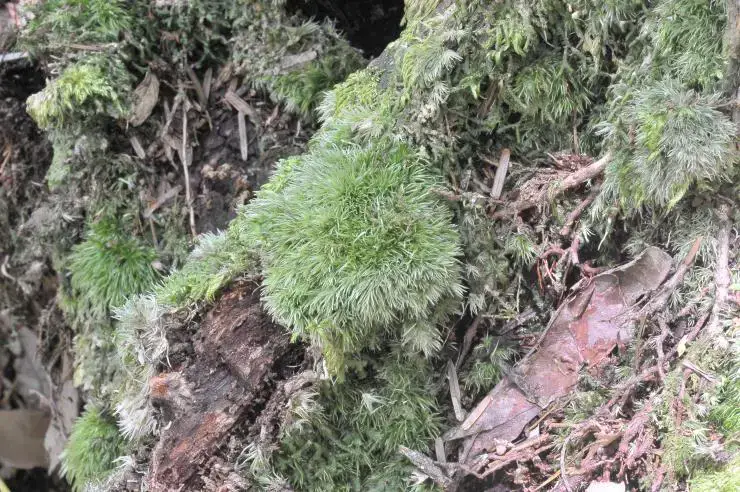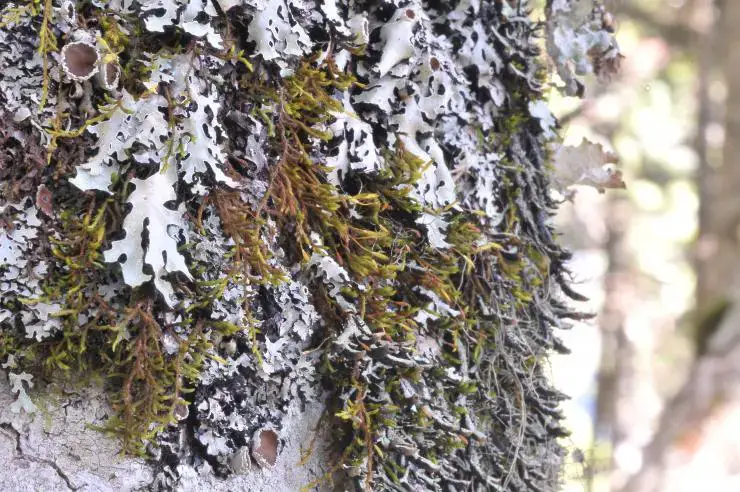
16083595bb6b5297d4932aee5f359826.jpg from: https://openmuseum.tw/muse/digi_object/2355523fe7d6b11d4b7a8ac495911fd7
Exploring the Fascinating World of Trematodon novae-hannoverae Moss
Trematodon novae-hannoverae Müll.Hal. is a unique and intriguing species of moss belonging to the Bruchiaceae family. Commonly known simply as Trematodon, this tiny plant packs a big punch when it comes to its ecological roles and adaptations. In this blog post, we’ll dive into the details of this fascinating moss and explore what makes it so special.
Background on Bryophytes and Mosses
Before we get into the specifics of T. novae-hannoverae, let’s briefly cover some background on bryophytes, the group of non-vascular plants that includes mosses. Bryophytes are small, simple plants that lack true roots, stems, and leaves. They play important roles in many ecosystems as pioneer species, helping to establish plant communities and prevent erosion.
There are over 12,000 species of moss worldwide, classified in the division Bryophyta and class Bryopsida. Mosses have adapted to survive in a wide range of habitats, from arctic tundra to tropical rainforests. They absorb water and nutrients directly through their leaves and anchor themselves with rhizoids.
Morphology and Identification of T. novae-hannoverae
Now let’s focus on our star species, Trematodon novae-hannoverae. This moss is quite small, typically growing in tufts or cushions less than 1 cm tall. Its leaves are lance-shaped and have a distinct border of elongated cells.
One of the most distinguishing features of T. novae-hannoverae is its capsule, the spore-bearing structure. The capsule is held on a tall seta (stalk) and has a long, narrow neck with a small, beaked lid. This unique shape helps identify the species.
Global Distribution and Habitat
T. novae-hannoverae has a scattered global distribution, with records from North America, Europe, Asia, Africa, and Australasia. It typically grows on disturbed soils, such as along roadsides, trails, and in agricultural fields. The species appears to prefer acidic substrates and is often found in open, sunny sites.
Ecological Roles and Adaptations
Like other mosses, T. novae-hannoverae plays an important role as a pioneer species, helping to colonize bare ground and prevent soil erosion. Its small size and tolerance of disturbance make it well-suited for this job. The species also likely contributes to

5856d54f21c593d9017a4c708465902e.jpg from: https://openmuseum.tw/muse/digi_object/944be5363af1050246cc941b5ca41998
nutrient cycling and provides habitat for microorganisms.
To survive in the often harsh conditions of disturbed sites, T. novae-hannoverae has developed several adaptations. Its small, compact growth form helps it retain moisture, and its rhizoids anchor it securely to the soil. The species is also capable of desiccation tolerance, meaning it can survive periods of drought by going dormant and then rehydrating when moisture is available.
| Characteristic | Description |
|---|---|
| Size | Less than 1 cm tall |
| Leaves | Lance-shaped with distinct border |
| Capsule | Long, narrow neck with small, beaked lid |
| Habitat | Disturbed soils, acidic substrates, open sites |
| Distribution | North America, Europe, Asia, Africa, Australasia |
| Ecological Roles | Pioneer species, erosion control, nutrient cycling, microorganism habitat |
| Adaptations | Small size, desiccation tolerance, rhizoids for anchoring |
Conclusion
Trematodon novae-hannoverae may be a tiny moss, but it has an outsized ecological impact. From colonizing bare soils to providing habitat for microorganisms, this species plays an important role in many ecosystems around the world. Its unique adaptations and tolerance of disturbance make it a true survivor.
The next time you’re out for a hike, keep an eye out for this little moss and take a moment to appreciate its big contributions. What other small but mighty organisms have you noticed in nature?